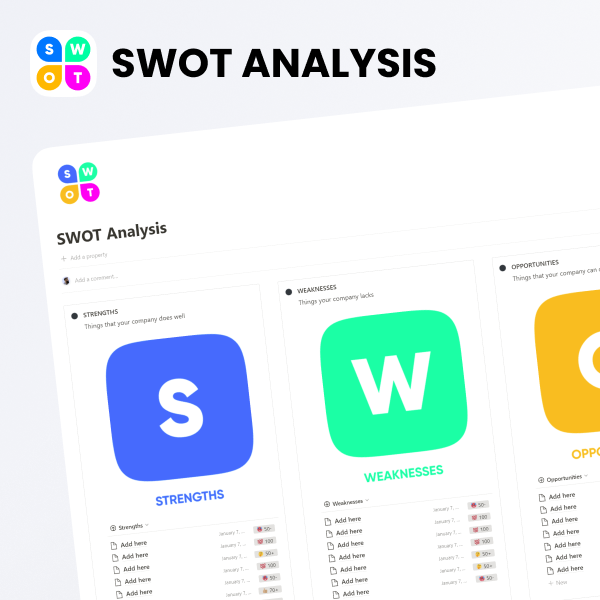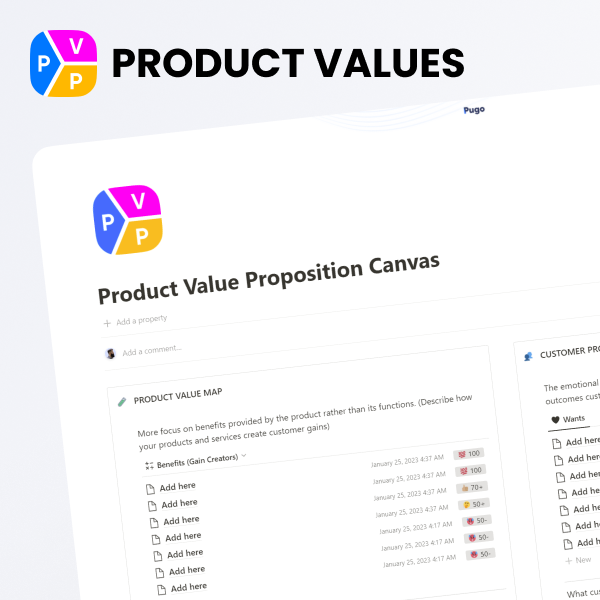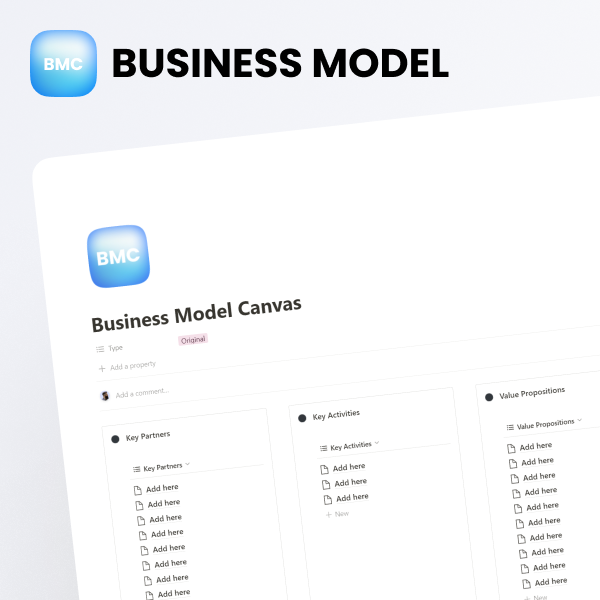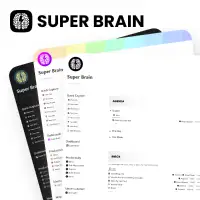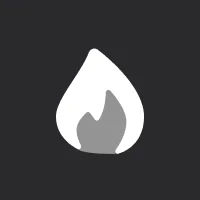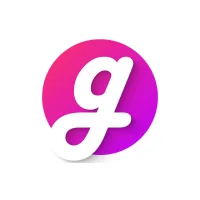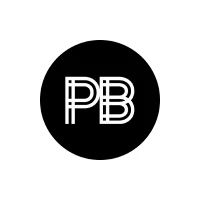Mastering Conversion Rate Calculation: Unleashing the Power of Analytics
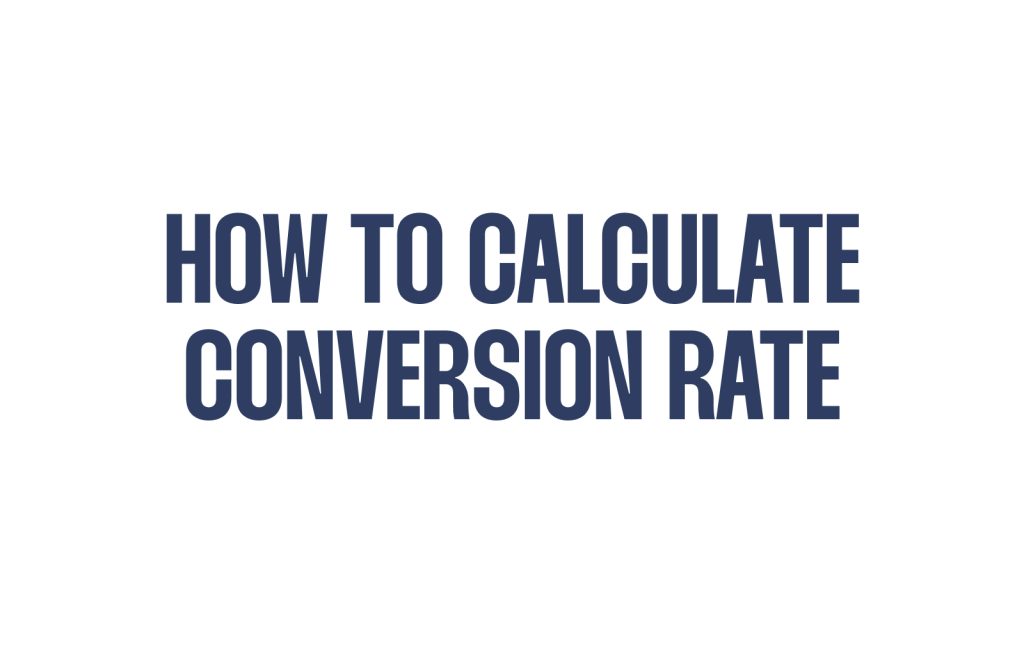
How To Calculate Conversion Rate: The Conversion Rate Formula
Conversion rate is a critical metric in the world of marketing, and understanding how to calculate it is essential for online business success. A high conversion rate enables you to predictably scale advertising spend, hire sales teams, determine profitability, and allocate resources more efficiently. On the other hand, ignorance or neglect of conversion rate can lead to overpaying for leads and sales, putting your business at risk. In this blog post, we’ll explore the conversion rate formula, provide practical examples, and highlight valuable lessons to help you leverage this important metric.

Defining Conversion Rate
In its simplest form, conversion rate is the percentage of visitors to a website or specific page who complete a desired action, known as the conversion goal. Common conversion goals include making a purchase, submitting information, calling a business, signing up for a newsletter, or engaging with specific site content. Choosing the appropriate conversion goal depends on your business’s nature and objectives.
Calculating Conversion Rate
To calculate conversion rate, you need to use one of the following formulas:
- Conversion Rate = Total number of conversions / Total number of sessions * 100
- Conversion Rate = Total number of conversions / Total number of unique visitors * 100
- Conversion Rate = Total number of conversions / Total number of leads * 100
Each formula has its merits, depending on how you define your conversion event and measure traffic. The numerator represents the conversions, as defined by your specific conversion rate goal, while the denominator represents the total pool of traffic, typically measured as session count, unique visitors, or leads.

Example Calculation
Let’s illustrate the calculation with an example. Imagine you run an e-commerce website called Targaryen’s Tees, selling Game of Thrones t-shirts. In February, your site received 100,000 unique visitors, and you successfully sold t-shirts to 2,000 people. Applying the formula, the conversion rate would be:
Conversion Rate = Visitors / Conversions * 100 Conversion Rate = 100,000 / 2,000 * 100 = 2%
In this case, the conversion rate is 2%. By understanding and tracking this metric, you can gauge the effectiveness of your marketing efforts and identify areas for improvement.
Conversion Rate & Profitability
Conversion rate directly impacts your business’s profitability. Increasing the conversion rate can significantly boost your bottom line. Let’s consider another scenario using Targaryen’s Tees. Suppose your business generated 100,000 visits through a pay-per-click (PPC) campaign with an average cost per click (CPC) of $0.50, resulting in a total ad cost of $50,000. At a 2% conversion rate, your business would profit $50,000. However, if you were to increase the conversion rate to 10%, the profit would skyrocket to $500,000. This example demonstrates the significant impact a higher conversion rate can have on your return on investment (ROI) and overall profitability.
Valuing a Click
Improving your conversion rate allows you to allocate more resources to paid advertising campaigns. With a higher conversion rate, you can afford to increase your cost per click (CPC) bids while still maintaining profitability. For instance, if your conversion rate remains at 2%, a $1 CPC would make the campaign break-even. However, with a conversion rate of 10%, you could afford to bid up to $5 per click and still maintain profitability. This increased bidding capability gives you a competitive advantage in acquiring quality traffic and reaching a larger audience.
Optimizing Conversion Rate
How To Calculate Conversion Rate
Now that you understand the importance of conversion rate, let’s explore some strategies to optimize it:
- Improve User Experience: A seamless and user-friendly website or landing page enhances the likelihood of conversions. Focus on clear navigation, fast loading times, intuitive design, and compelling calls-to-action (CTAs).
- A/B Testing: Conduct A/B tests to compare different versions of your website or landing page and identify elements that drive higher conversion rates. Test variations of headlines, CTAs, colors, images, and layout to find the most effective combination.
- Streamline Conversion Funnel: Identify any bottlenecks in your conversion funnel and remove unnecessary steps or distractions. Make the conversion process as smooth and straightforward as possible to minimize drop-offs.
- Persuasive Copywriting: Craft persuasive and compelling content that addresses your target audience’s pain points, highlights the benefits of your product or service, and includes strong CTAs to encourage conversions.
- Build Trust and Credibility: Incorporate trust signals such as customer testimonials, reviews, security badges, and guarantees to instill confidence in visitors and alleviate any concerns they may have.
- Personalization: Tailor your messaging and offers based on user preferences, behaviors, and demographics. Personalized experiences can significantly impact conversion rates by creating a stronger connection with your audience.
- Analyze Data: Utilize analytics tools to track and analyze user behavior, conversion funnels, and traffic sources. Identify patterns, trends, and areas for improvement to make data-driven decisions and optimize your marketing strategies.
[CTA] Discover More: Read our comprehensive guide on Conversion Rate Optimization to unlock the full potential of your business’s growth.
Conclusion
Calculating and optimizing your conversion rate is crucial for achieving online business success. By understanding the conversion rate formula and implementing strategies to improve it, you can enhance your profitability, make better resource allocation decisions, and drive sustainable growth. Continuously monitor and optimize your conversion rate, as it plays a pivotal role in the effectiveness of your marketing efforts and the overall success of your business.
To learn more about conversion rate optimization and other valuable insights on analytics and marketing strategies, visit Pugo Studio’s blog. Unlock the power of analytics and take your business to new heights.
Find amazing niche opportunities 10x faster!
Are you tired of struggling to find the perfect business idea? Do you dream of diving into a niche that’s already validated and brimming with growth potential? Look no further! Nichejar is here to revolutionize your entrepreneurial journey.
Imagine a platform that takes the guesswork out of starting a successful business. Nichejar is your ultimate companion, empowering entrepreneurs and solopreneurs like you to discover validated business ideas that are ripe for success. Say goodbye to endless brainstorming sessions and uncertain ventures. With Nichejar, you can hit the ground running.
Unlock Your Business Potential with Essential Tools: SWOT Analysis, Product Value Proposition Canvas, and Business Model Canvas
Are you ready to take your business to new heights? Don’t miss out on the incredible power of these essential tools: the SWOT Analysis, Product Value Proposition Canvas, and Business Model Canvas. These tools are designed to help you gain valuable insights, refine your strategies, and make informed decisions for sustainable success. Don’t wait any longer! Explore the limitless possibilities and elevate your business game by checking out these indispensable tools today. Your future self will thank you!
